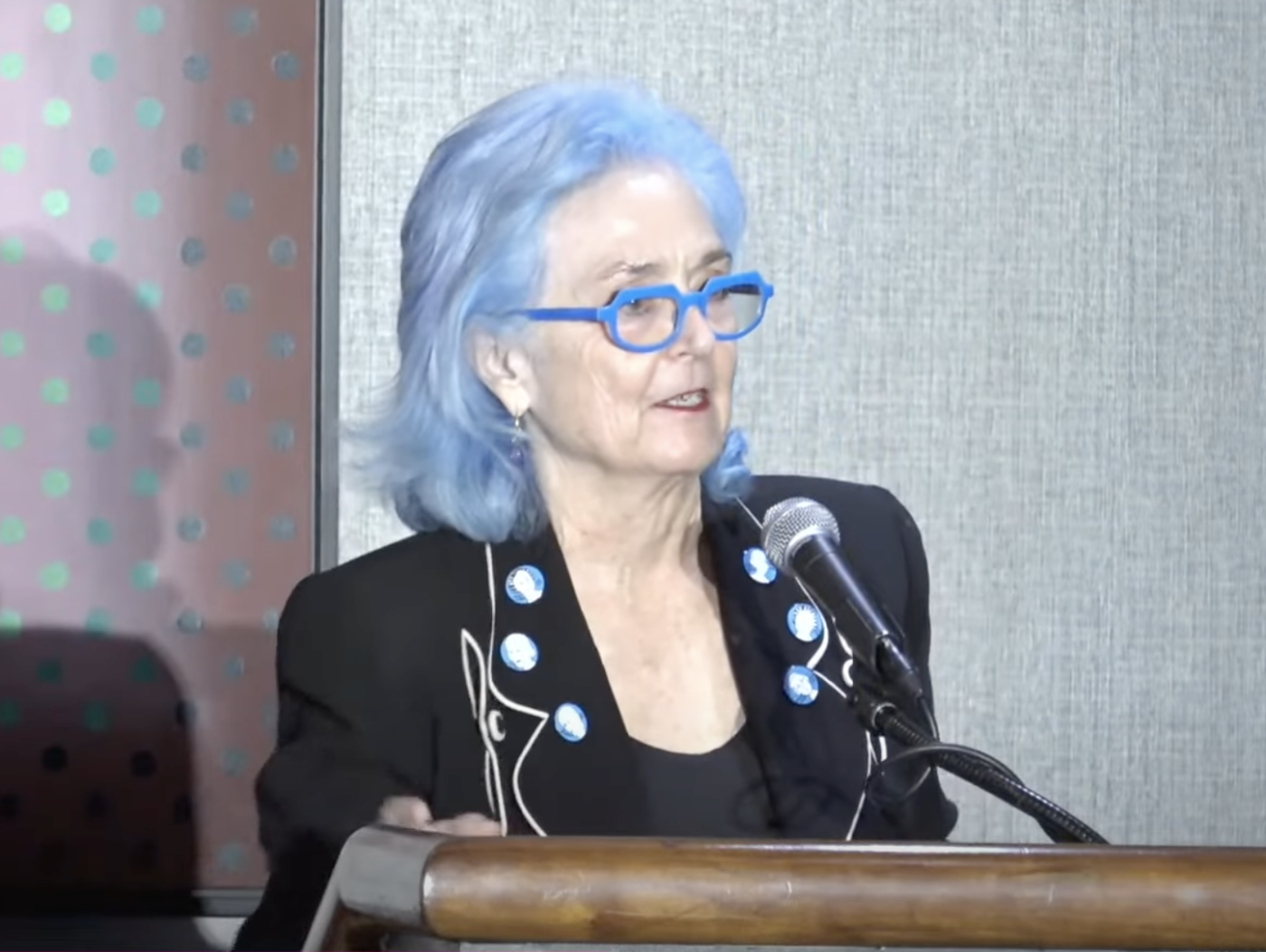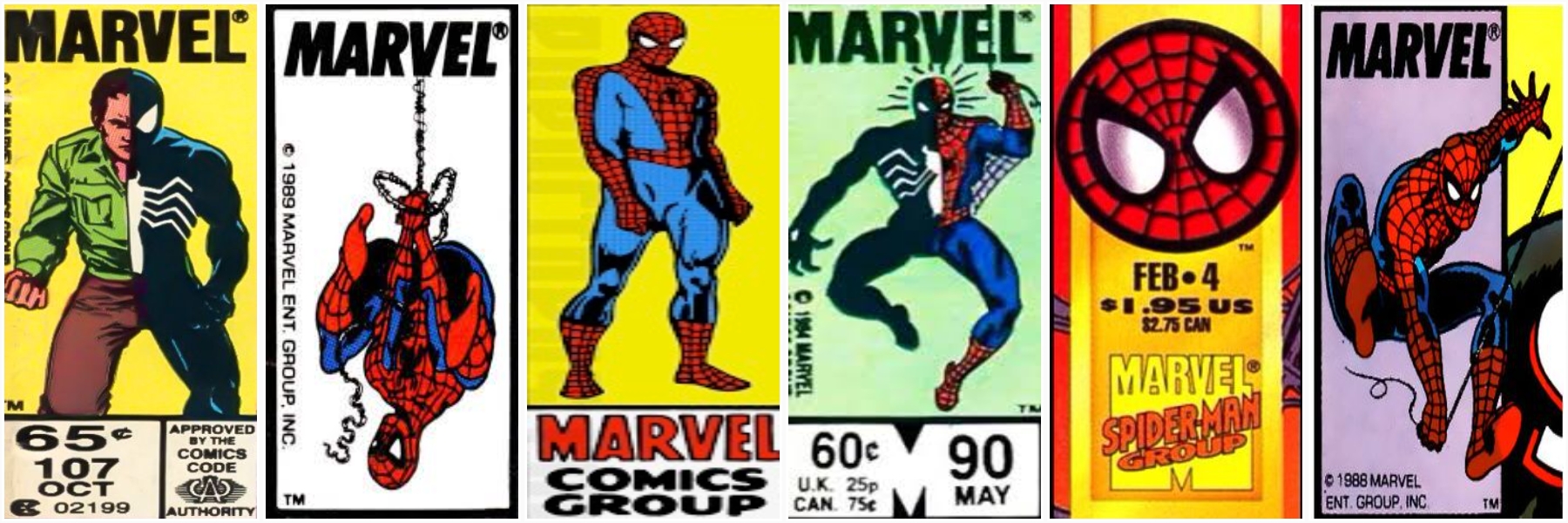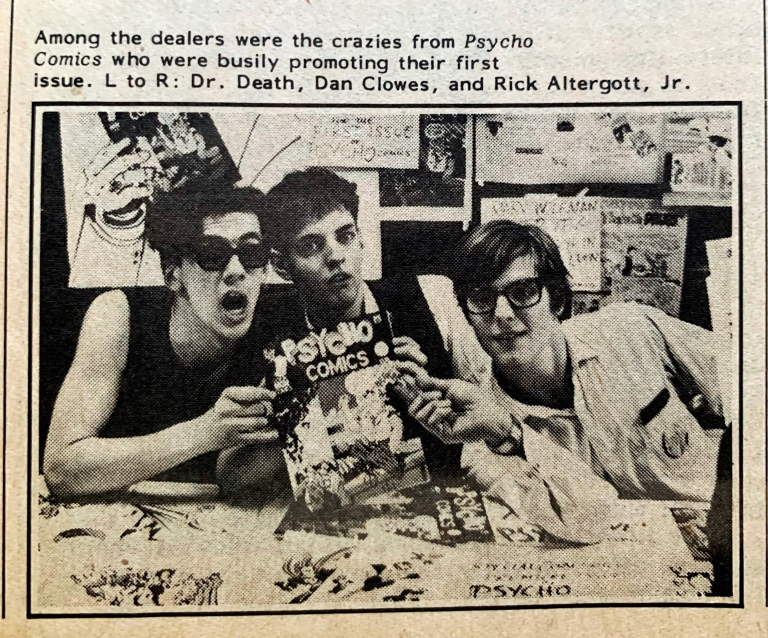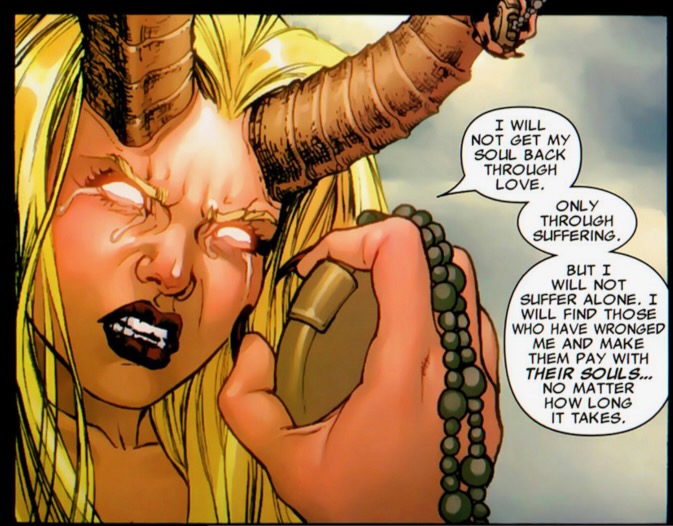For a very long time, longer than it should’ve been by any metric, knowledge that legendary comics creator George Pérez was Puerto Rican was treated as a kind of curious fact, a throwaway “did you know” that made the distinction feel unimportant. It speaks to the representation struggles Puerto Rican creators have been hindered by for decades. There’s been progress, sure, but there’s still work to be done.
Recognition has been a battle of inches that’s been waged on multiple fronts, and it has now spilled over into the New York Public Library in the form of a new exhibit titled ¡WEPA! Puerto Ricans in the World of Comics, curated by Paloma Celis Carbajal (Curator for Latin American, Iberian, and U.S. Latino Collections) and Charles Carter (Assistant Curator, The Carl H. Pforzheimer Collection of Shelley and His Circle) from the comics collection of librarian Manuel Martínez Nazario. The exhibit is currently on display and runs till March 8, 2026.
Martínez Nazario is a retired librarian from San Juan, PR (born in Brooklyn) who coordinated the interlibrary loan program at the University of Puerto Rico, Río Piedras campus. Later in his career, he began organizing the Feria de Comics de la Universidad de Puerto Rico to highlight local artists and to normalize the presence of comic books in academia. The WEPA exhibit is made up of comics from his exhaustive and comprehensive Puerto Rican comics collection.
In other words, Manuel Martínez Nazario is the authority on Puerto Rican comics. His collection is a great achievement and an invaluable record of comics history.
WEPA gives a wonderful first impression. The tone is celebratory, filled with colors and carefully selected works that showcase the range and versatility of PR comics. Rather than going the traditional chronological route, the exhibit opts for thematics stations. These range from “La Isla” (The Island) to “Nueva York” (New York), and then all the way to “Otros Mundos” (Other Worlds). Each one has a small selection of works that do a great job of showing how much Puerto Ricans have had to say on each topic.
Of note is the section dedicated to comics made in the aftermath of Hurricane María, titled “Weathering María”. It captures the Island’s attempts at processing a traumatic experience that shook the nation’s identity to its core in unprecedented ways. The creative community is presented as a crucial part of the collective psyche in this regard, and comics as one of the avenues it takes to address the Puerto Rican experience.
Hurricane María is given equal treatment among the other themes, having as much space to breathe as the other ones. And yet, it sits on the almost tail end of the exhibit, as if to remind guests that María marks the end of an era and the beginning of a new one in Puerto Rican comics.
Other high points include the presence of George Pérez and Ernie Colón in the story the exhibit tells. Colón in particular is showcased through some of his DC Comics work, building on the narrative that Puerto Ricans have contributed more to mainstream American comics than people think.
Edgardo Miranda-Rodríguez’s La Borinqueña also makes a large appearance, having a big illustration of the titular hero on a wall that’s readymade for selfies and pictures. The superhero’s inclusion highlights the NYC/PR connection that resulted from the post-World War II exodus of Puerto Ricans to New York City, commonly referred to as the diaspora. The presence of comics such as La Borinqueña helps to reframe the Island’s colonial past as a colossal universe-wide crossover between different expressions of a resilient identity that was (and still is) grappling with political uncertainty.
But it’s not just about the big names. WEPA makes it a point to include Puerto Rican creators from all walks, including those currently producing work. Rosa Colón Guerra, Rangely García Colón, Eliana Falcón, and John Vázquez Mejías are all featured to let visitors know Puerto Rican comics are alive, thriving, and currently navigating a new reality that settled in after the passing of hurricane María along with the subsequent grassroots ousting of governor Ricardo Roselló after accusations of corruption (of which there is more than enough evidence to spare).
It might even be prudent to include the rise of Bad Bunny and how he’s reshaped what it means to be Puerto Rican at a cultural and political level in future versions of the exhibit.
WEPA is a wonderfully complex snapshot of a people’s contribution to an entire medium. Though it features work that’s appeared in the big American publishers, one thing that’s made abundantly clear throughout the exhibit is that Puerto Rican comics is a phenomenon entirely its own. It’s not seen as just an extension of American comics, despite its political and cultural history. Instead, it’s criollo. It’s independent. It’s ours. WEPA is a resounding statement on that.
























 English (US) ·
English (US) ·